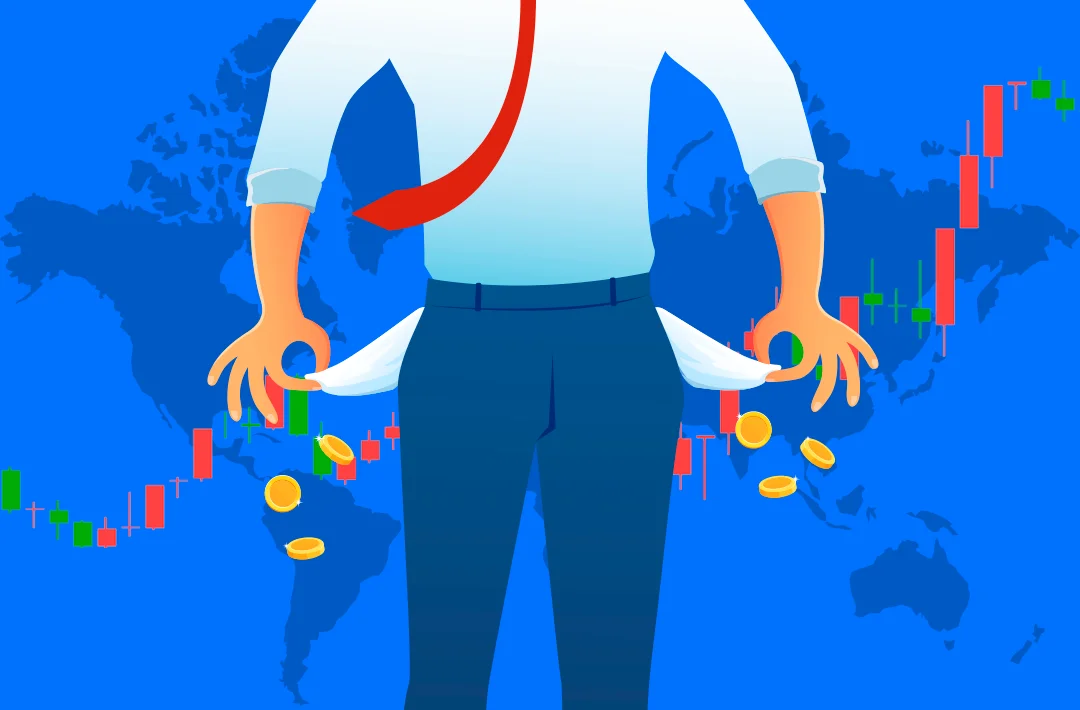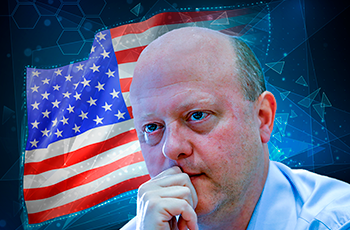JPMorgan negatively assesses the growth of USDT share in the total volume of stablecoins
According to the bank’s analysts, the lack of transparency of the asset poses a risk to the crypto ecosystem

02.02.2024 - 08:05
398
4 min
0
What’s new? Analysts at JPMorgan Bank said the growing dominance of Tether’s USDT is harming the stablecoin sector and the crypto ecosystem as a whole. They said USDT is prone to risks due to its lack of transparency and compliance. Earlier, The Block reported that in 2023, USDT’s share in the total volume of stablecoins grew by 21% to reach 71%, and its capitalization exceeded the GDP of some countries.
What else is known? Analysts note that issuers of stablecoins face regulatory risks around the world. In the United States, a bill on payment transparency of stablecoins is awaiting congressional approval; in the European Union, certain norms of the Markets in Crypto-Assets (MiCA) Regulation will soon come into effect. Given these circumstances, compliant issuers will benefit from the introduction of crypto regulation and will be able to increase their market share.
At the same time, JPMorgan noted that stablecoins in general play an important role for the industry. They act as a bridge between the traditional finance sector (TradFi) and the crypto market, acting as cash in cryptocurrency. Their expansion allows for an increased flow of funds from TradFi into cryptocurrency and the amount of collateral, increasing the stability of the crypto ecosystem.
Analysts also noted that Tether’s main competitor — Circle with its USDC stablecoin — is actively preparing for the upcoming introduction of regulation. In confirmation, they cited the fact that the company has applied to go public on the US exchange.

Circle CEO allows the possibility of passing laws to regulate stablecoins in the United States this year
Last year, the bill to regulate payment stablecoins was approved by the specialized committee of the lower house of Congress
Commenting on the JPMorgan report, Tether CEO Paolo Ardoino said that USDT’s success is due to its financial strength, significant reserves, and commitment to emerging markets, where the asset is used as a hedge against high inflation and devaluation of the national currency.
“I’m happy to read that JPMorgan acknowledges the importance of Tether and the stablecoin technology created by our company. But it seems to me a bit hypocritical the talk about concentration coming from JPMorgan, the biggest bank in the world.”
In the fourth quarter of last year, Tether’s net income reached a record $2,85 billion, of which $1 billion was interest on US Treasury bonds, with the rest coming from the appreciation of gold and bitcoin reserves. By the end of the year, the company’s assets exceeded its liabilities by more than $5,3 billion.

Tether CEO comments on the popularity of TRON to issue USDT
According to him, the network has cheap and fast transactions
As of February 2, USDT’s capitalization is $96 billion, and the asset ranks third in the overall cryptocurrency ranking and first among stablecoins.
Useful material?
Market
Shares of the Trust are designed to track the market price of XRP with fewer fees and expenses
Jan 17, 2025
Market
The asset will allow USDT to move seamlessly between different blockchains
Jan 17, 2025
Market
Earlier, the community criticized the project for its lack of transparency, which led to a sharp drop in the HYPE token price
Jan 8, 2025
Market
Rising US Treasury bond yields are negatively affecting risk assets
Jan 8, 2025
Mining
The Avalon Mini 3 is available for pre-order at $899
Jan 8, 2025
Market
The exchange obtained the documents as part of the Freedom of Information Act proceeding
Jan 6, 2025









 Telegram
Telegram  Twitter
Twitter